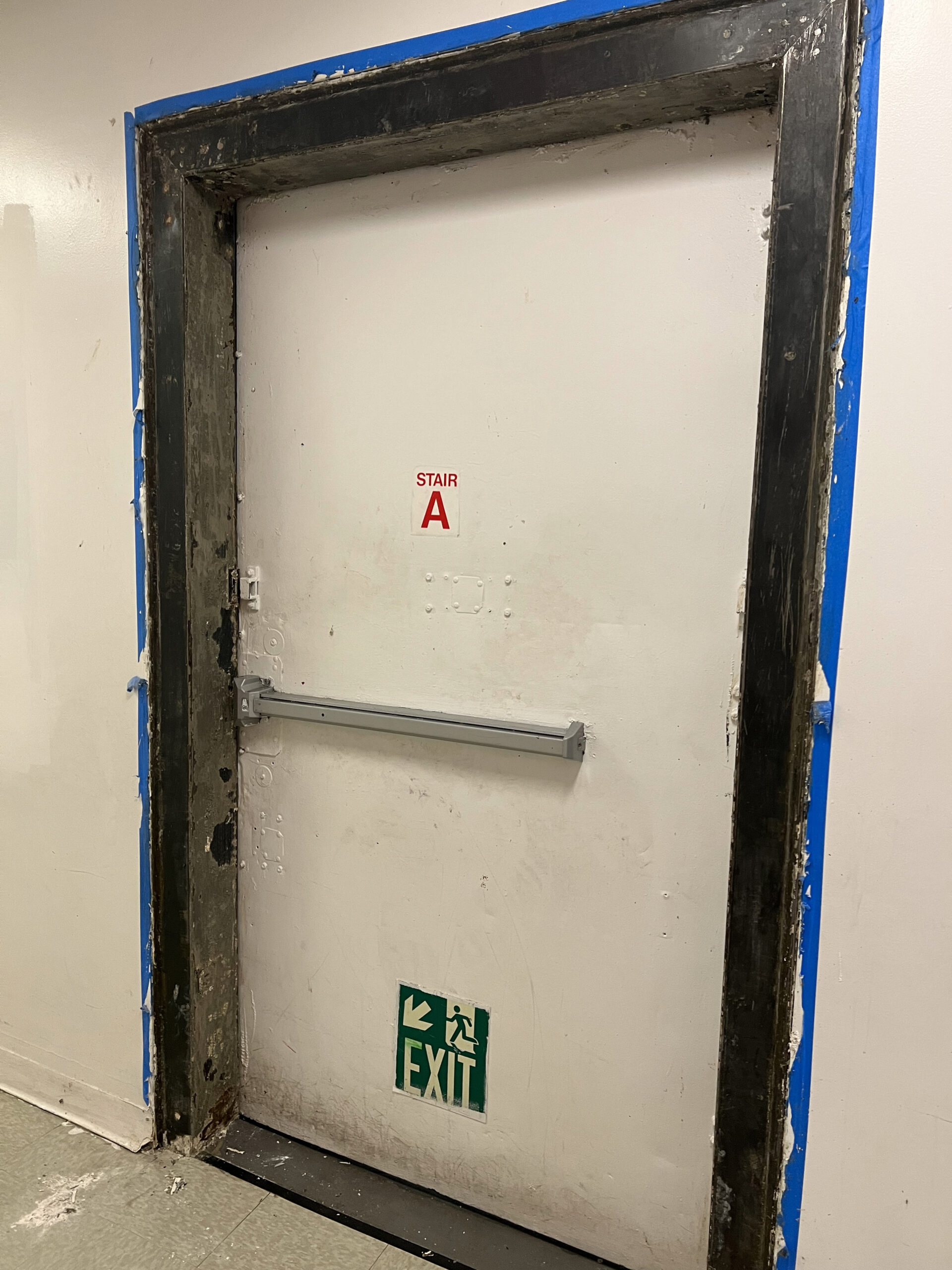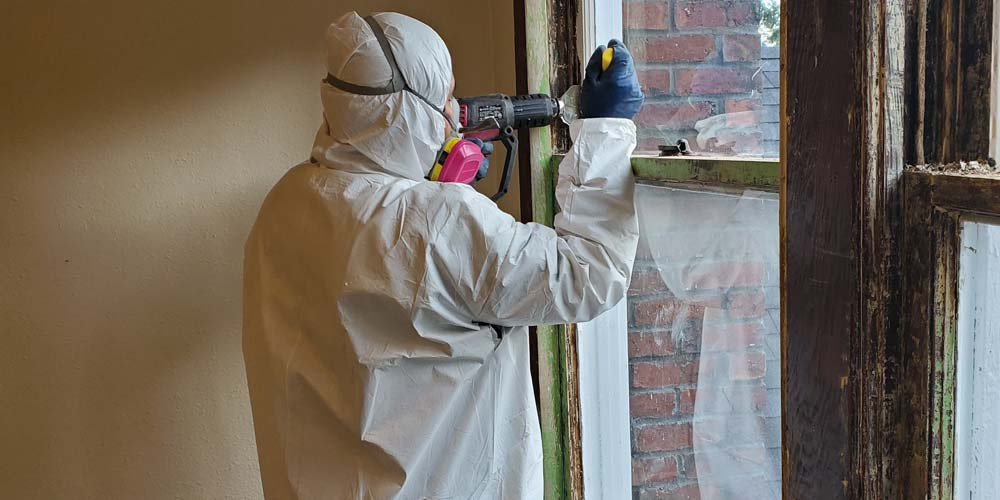Dependable DOH & HPD Lead Violation Removal in NYC-- Protect Your Building
Dependable DOH & HPD Lead Violation Removal in NYC-- Protect Your Building
Blog Article
Finest Practices for Guaranteeing Safe and Comprehensive Lead Infraction Reduction
Dealing with lead infraction reduction needs a multi-faceted approach to guarantee both security and conformity. Initial evaluations making use of sophisticated detection approaches such as XRF analyzers established the stage for an accurate understanding of contamination levels. Including appropriate containment strategies, including impermeable barriers and HEPA purification, coupled with the usage of individual protective equipment (PPE) for employees, creates the backbone of a secure procedure. Thorough cleaning methods, featuring HEPA vacuuming and wet-wiping, are critical. It's the last clearance process, including detailed inspections and lab testing, that really validates a lead-free environment, ensuring long-term safety and security. Just how do these methods adjoin to ensure extensive lead reduction?

Initial Analysis
Performing a first evaluation is a vital initial step in lead violation abatement. This stage includes a thorough examination of the property to recognize the visibility, degree, and certain places of lead-based threats. Certified experts, such as licensed lead inspectors or take the chance of assessors, ought to perform a detailed site assessment, utilizing tools like X-ray fluorescence (XRF) analyzers to properly spot and measure lead concentrations in paint, dirt, soil, and water.
The analysis should additionally include a review of the structure's background, previous reports, and any kind of issues or health and wellness concerns reported by passengers - Lead Removal Contractors. Documenting the searchings for diligently is necessary, as these records develop the basis for creating an effective abatement strategy. A detailed assessment also includes tasting and lab evaluation, which are essential to verify the existence of lead and guide subsequent actions
Additionally, it is important to communicate the outcomes transparently to all stakeholders, consisting of property owners, lessees, and governing authorities. By making sure that the preliminary evaluation is carried out with accuracy and roughness, specialists can lay a strong foundation for a targeted and reliable lead abatement process, eventually guarding public health and wellness and guaranteeing conformity with regulative standards.
Appropriate Containment
Correct containment is essential to stop the spread of lead impurities during reduction activities. Properly managing containment minimizes the risk of lead dust and particles migrating to non-work locations, thereby protecting both the environment and individuals outside the immediate work area. To attain proper control, an airtight obstacle of plastic sheeting need to be established around the work area, making certain all joints and edges are safely sealed. Lead Removal Contractors. This barrier needs to expand from floor to ceiling and be taped to stop any leaks.

Regular examinations of the containment area are needed to examine for violations or weaknesses in the barrier. Any kind of determined issues ought to be promptly addressed to maintain the stability of the control. By adhering to these practices, abatement jobs can properly regulate lead contamination and minimize affiliated health and wellness dangers.
Employee Security
Ensuring worker defense is extremely important during lead reduction projects to stop work-related direct exposure to unsafe lead bits. Vital measures include using personal safety tools (PPE) such as respirators, handwear covers, and full-body suits specifically made to obstruct lead dust and fumes. Employees need to go through thorough training on the correct use and maintenance of PPE, consisting of healthy screening for respirators to ensure maximum effectiveness.
Design controls, such as neighborhood exhaust ventilation systems, are vital in reducing airborne lead concentrations in the workplace. Management controls ought to likewise be applied, consisting of limiting the duration of direct exposure and turning workers to decrease individual exposure times. Regular medical monitoring and organic monitoring are essential for early discovery of lead absorption, enabling prompt treatment and treatment.
Furthermore, developing a decontamination method is crucial. Employees should follow rigorous decontamination procedures prior to breaks and at the end of their change to stop lead dust from being lugged outside the workspace. This consists of complete hand and face cleaning with lead-specific cleaning agents and altering out of polluted clothing.
Careful Cleaning
Maintaining a risk-free workplace extends past worker defense and encompasses meticulous clean-up to make sure lead fragments are completely gotten rid of from the site. The process of careful cleaning is crucial in preventing the recontamination of the moderated location and safeguarding both existing and future owners.
To accomplish an extensive cleaning, all workplace should be systematically decontaminated. This involves making use of specialized HEPA (High-Efficiency Particulate Air) hoover and wet-wiping strategies to catch and eliminate fine lead dirt that may have picked surface areas. It is essential to clean all horizontal surfaces, including floorings, home window sills, and kitchen counters, as well as vertical surface areas that may have trapped lead particles.
Employees have to wear proper individual safety equipment (PPE) during cleanup to prevent direct exposure to residual lead dust. Made use of cleansing materials such as wipes, sponges, and wipe heads should be thrown away according to contaminated materials disposal guidelines.

Last Clearance
Final clearance is the critical wrapping up phase of lead abatement that establishes whether the website is secure for reoccupation. This essential step involves thorough examination and testing to confirm that all lead threats have been properly gotten rid of. The procedure starts with an aesthetic assessment by a certified lead-based paint inspector or threat assessor to make sure no noticeable dust or debris stays. This is adhered to by collecting dust clean examples from different surface areas, consisting of floors, windowsills, visit site and various other horizontal surface areas. Lead Removal Contractors.

Last clearance screening not just safeguards future residents however also makes sure conformity with regional, state, and federal regulations. It serves as a documented recognition of the abatement professional's adherence to sector finest methods. Guaranteeing a detailed and successful final clearance is necessary in protecting public wellness and fostering rely on the abatement process.
Verdict
Guaranteeing secure and complete lead offense reduction requires a complex technique incorporating preliminary analyses with sophisticated discovery methods, reliable containment techniques, stringent worker defense protocols, and thorough cleaning procedures. The last clearance phase, featuring thorough examinations and lab screening, is crucial to validate compliance with EPA standards. Adherence to these finest techniques get more ensures a safe atmosphere for owners, minimizes health and wellness dangers, and upholds regulative requirements, consequently promoting public health her response and wellness and safety and security in lead-affected areas.
Report this page